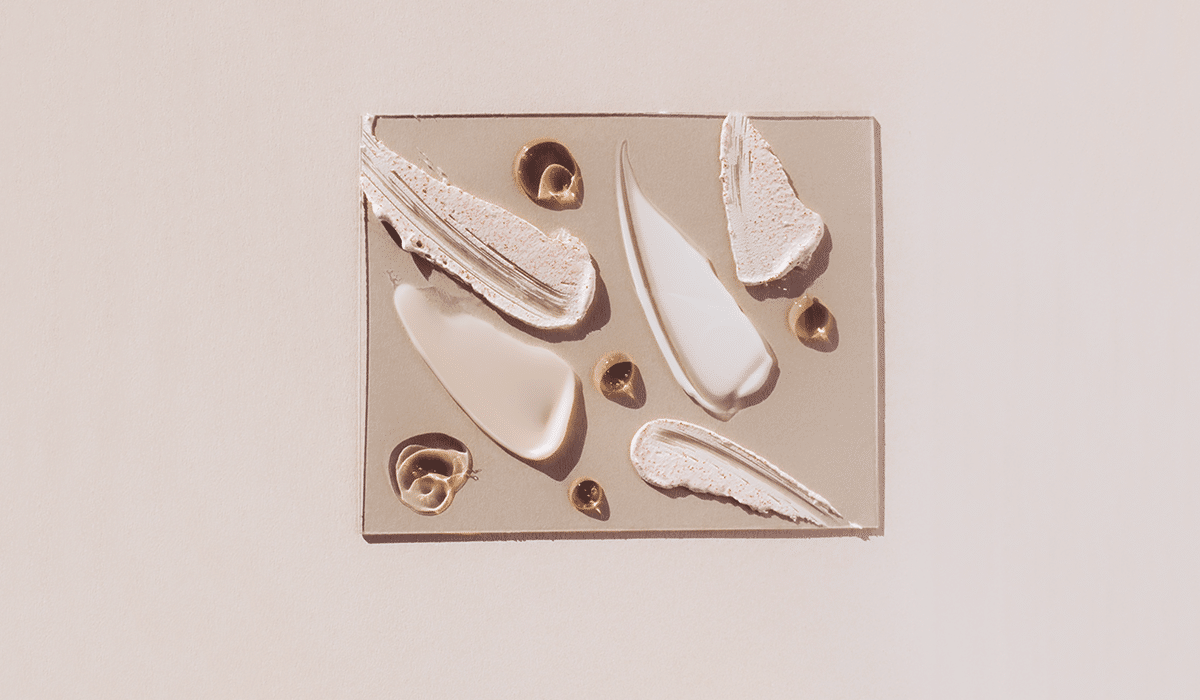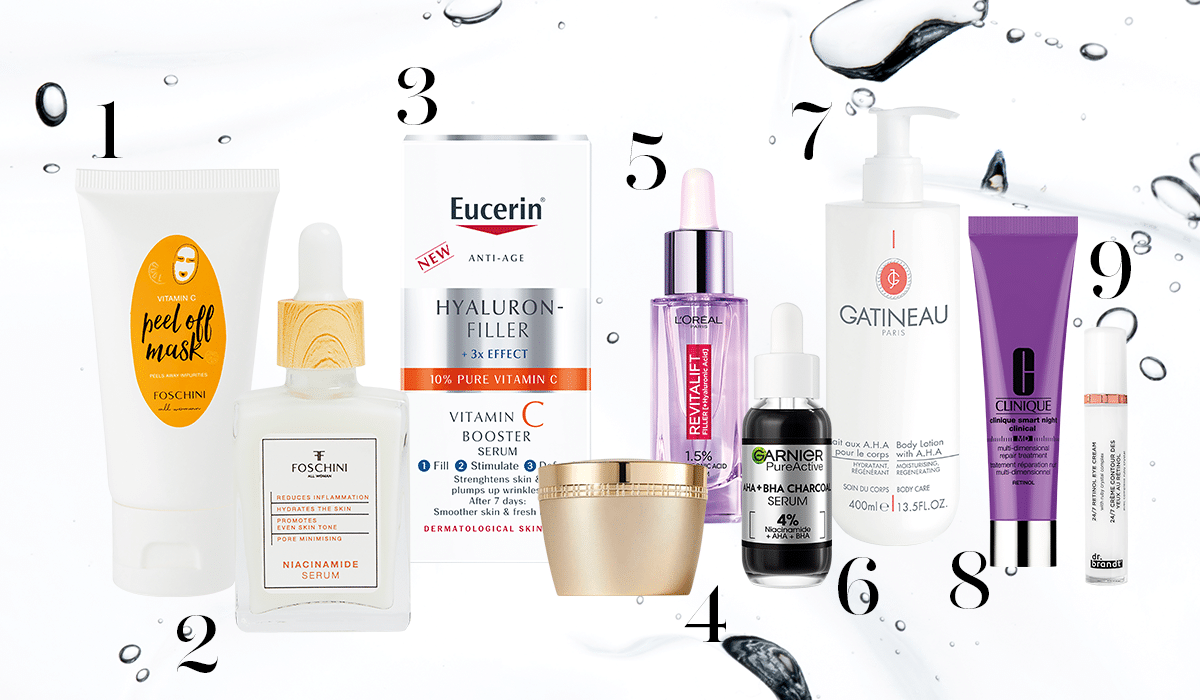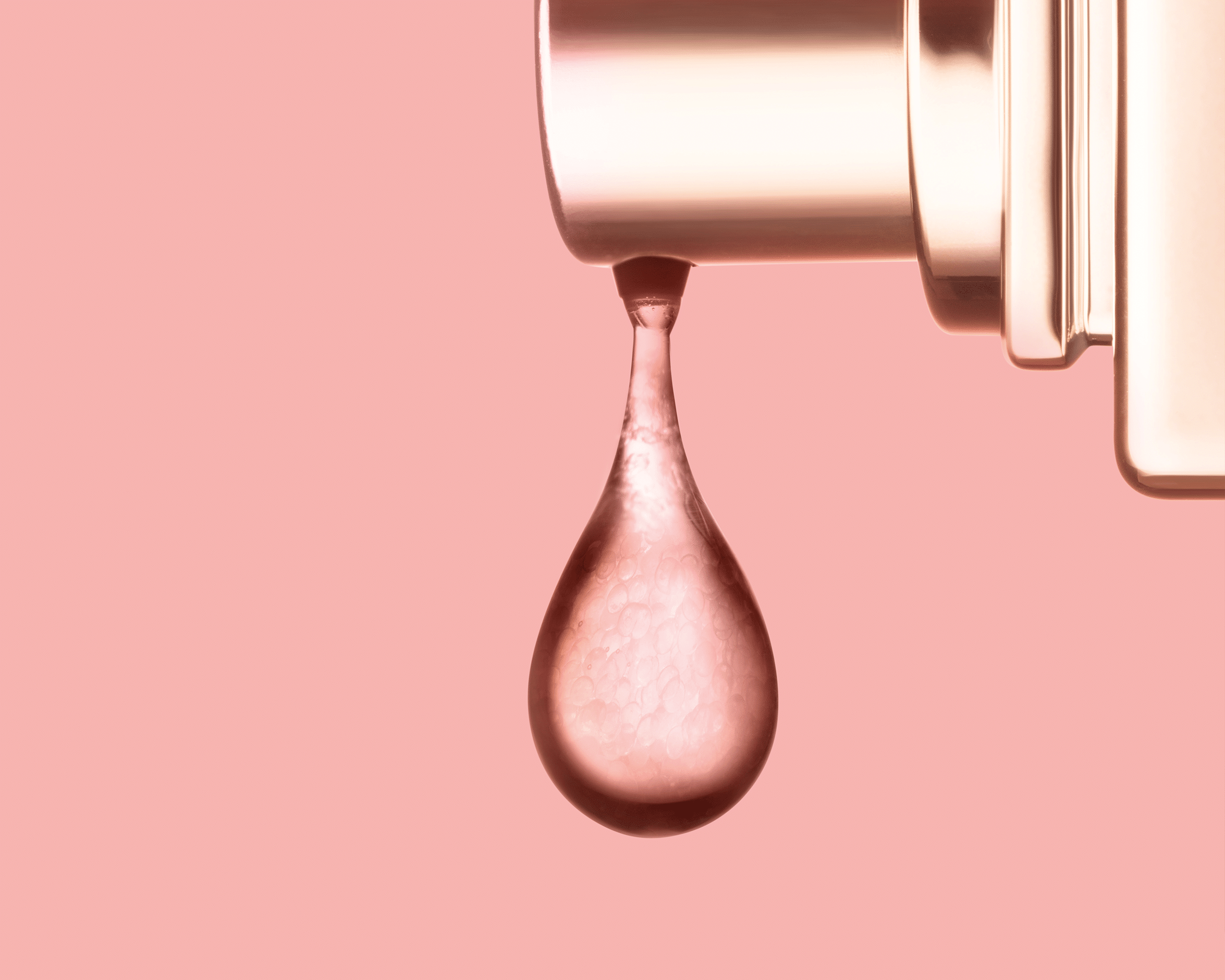From alpha-hydroxy acid to retinol, we investigate the active ingredients in popular skincare products so that you know what to buy for the best results.
The infinite skincare world is ever-evolving, overpopulated and home to many skincare species – from keen teens picking out a zit-zapper to anti-ageing afficionados who follow no fewer than 12 daily steps and can tell their Korean from their Japanese.
And with the constant introduction of new products and techniques, skincare can (and often does) get confusing. But don’t jump the skincare ship just yet! We’re here to help you decode labels and understand what each active ingredient does – and which one you need.

What are they?
Active ingredients in skincare products are those that provide targeted treatment for skin concerns, such as ageing, dryness, hyperpigmentation, oiliness or sun damage. They’re scientifically tested and have been proven to deliver the results they promise.
In short, active ingredients are the reason a product actually does what it says it will on the packaging. Does your serum claim to keep your skin hydrated? Then hyaluronic acid may
be the reason it does. But it’s also worth noting that treating any kind of skin concern takes time and that results are always best when a skincare expert is consulted prior to starting a new product or routine.
Cape Town-based skincare expert Mar-Louise Bester adds that an active ingredient is “a sourced ingredient that can physically change or alter the current cells in your skin”. Mar-Louise highlights that treating skin concerns with active ingredients is not a quick fix. “If you have dark pigmentation spots, it means that the cells responsible for creating the pigmentation are currently over-active (producing more than normal).
An active ingredient can penetrate the skin and, with time, teach the cells to produce less pigment,” she explains. “Any active ingredients in products won’t be able to work overnight – it can take as long as a year of use to treat the skin.”
Let’s get actives
When it comes to picking the products that are best suited to your skincare routine, it’s important to know three things: your skin type, what your skin needs most and which ingredients to look out for on product labels. Here’s the lowdown on five common active ingredients and who needs them:

1. Alpha-hydroxy acid (AHA)
Does your skin need an AHA moment? If it’s dull and dry, then yes! Working as an exfoliant, AHAs gently remove dead skin cells, revealing a fresh, even-toned surface layer. There are many types of AHAs, including glycolic acid (which treats facial pigmentation and is even safe during pregnancy), lactic acid and mandelic acid. It’s important to have your skin assessed by an expert before applying AHA, as they can cause sun sensitivity.
Great for: dark spots, improving texture, unblocking pores, brightening skin
2. Salicylic acid
Salicylic acid is used on skins that are prone to acne, psoriasis, dandruff and oiliness. Some may call it the spokesperson of the BHA (beta-hydroxy acid) group of naturally derived acids… and it proudly maintains its title by going beyond the skin’s thick surface to fight excess oil, dirt and bacteria, deep-cleaning the pores as it goes.
Great for: acne, psoriasis, softening skin, reducing swelling
3. Vitamin C
Shown to have antioxidant properties, topical vitamin C treatments protect and repair the skin from external factors like sun damage and pollution. The trick to its effectiveness is to apply vitamin C directly to the skin, so try applying a serum containing vitamin C before your day cream and SPF.
Great for: damaged skin, sunburn, sagging skin, antioxidising
4.Hyaluronic.
A This natural substance is praised for its hydrating and lubricating properties. It also cushions the skin and helps reduce scarring so, when routinely applied to the skin as a topical treatment, you can expect increased elasticity and locked-in moisture.
Great for: dryness, sagging skin
5. Retinol
The superpowers of this type of retinoid (a form of vitamin A that aids cell growth) make it a handy ingredient for easing the symptoms of a range of skin concerns, including acne and psoriasis. It also increases collagen production which, with time, reduces the appearance of wrinkles and fine lines.
Great for: acne, psoriasis, ageing skin
6. Ceramide
Ceramides restore the skin barrier and are produced naturally by our bodies – but we lose an increasing amount of them as we age. These fatty acids act as anti-inflammatories and help hydrate the skin by locking in moisture. Because there are so many different types, they may appear under different names on product labels – look for ceramide AP, ceramide EOP or ceramide NP.
Great for: dryness, flakiness, fine lines
7. Niacinamide
A form of vitamin B3, niacinamide helps build the keratin protein that’s essential for your skin’s health. Foods can also be a source of niacinamide – think eggs, fish, beans, milk and green vegetables. However, applying it topically ensures that your skin reaps the full range of benefits.
Great for: sun damage, oil regulation, hyperpigmentation
8. Benzoyl peroxide
A well-known (and celebrated) acne buster, benzoyl peroxide fights the bacteria behind pimples, getting to the cause of them instead of simply treating the symptoms. It also aids in the removal the dead skin cells, revealing a fresh, new layer of healthy skin and preventing pores from blocking and forming new spots.
Great for: acne, rosacea, reducing bacteria, keeping skin fresh
Words by: Shani Tsai
Photographs: Getty Images, Sutterstock, Supplied







